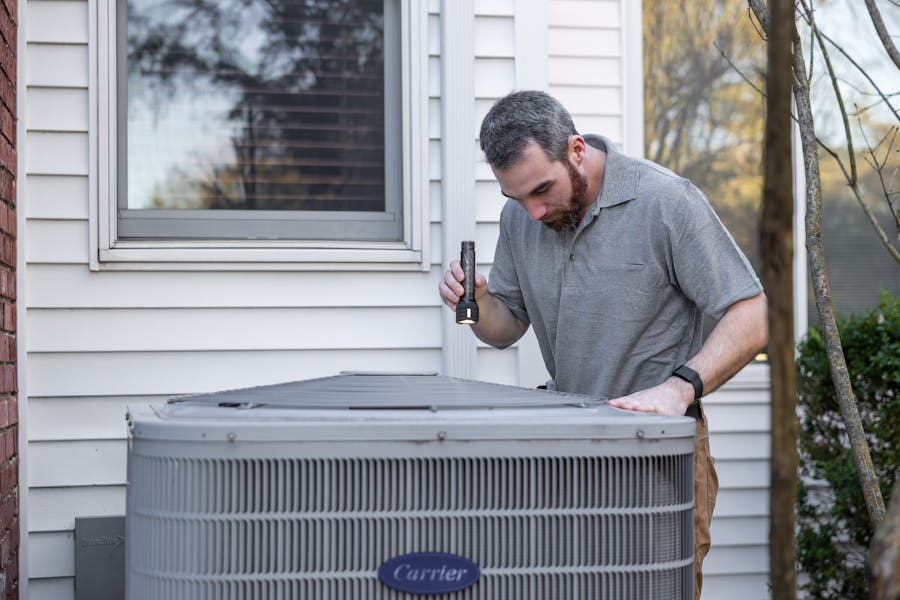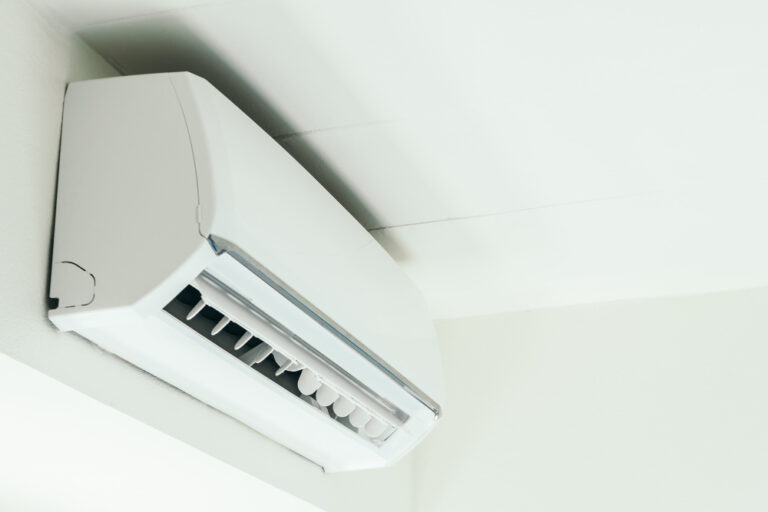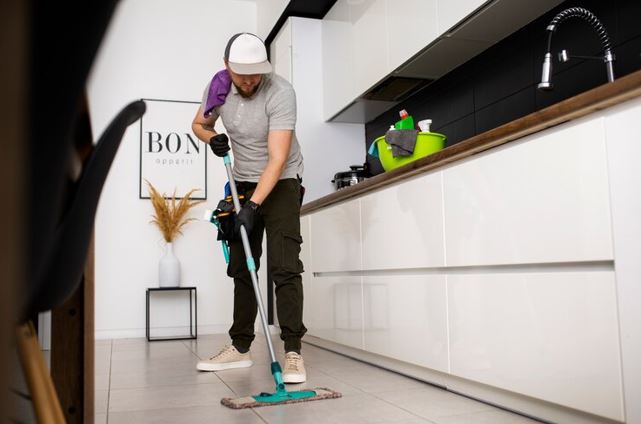In a town like Wallace, NC, your HVAC system doesn’t get much rest. Summers bring muggy, high-temperature days that call for strong air conditioning. Winters may not be extreme, but the chill still calls for dependable heating. With all that back-and-forth, your system works hard—and it shows if you don’t keep up with maintenance.
Waiting until your system breaks down before paying attention can lead to expensive fixes and uncomfortable days at home. That’s why staying ahead of basic maintenance can go a long way. You don’t have to be an HVAC expert to take care of your system; you just need a simple routine and a few reminders.
This guide breaks down what to do throughout the year to help your heating and cooling system run better, last longer, and cost less to operate.
Start with Seasonal HVAC Checkups
One of the smartest things you can do is schedule seasonal inspections. Twice a year is the sweet spot—once in the spring before it gets too hot, and once in the fall before you start turning on the heat. These checkups help catch small problems early and prep your system for heavier use.
During a routine visit, HVAC techs will inspect coils, tighten electrical connections, test airflow, and make sure refrigerant levels are right. If anything looks off, they’ll let you know before it turns into a bigger issue.
When summer kicks in, early inspections help spot cooling issues before temperatures spike. Homeowners often don’t realize they need central AC repair in Wallace, NC, until airflow drops or the system stops working altogether. Getting ahead of these problems saves time and avoids the rush during heatwaves.
The same applies in the fall. You don’t want to turn on the heat for the first time in months only to find cold air blowing through your vents. Regular checkups help prevent that, and they’re usually quicker and cheaper than emergency service calls.
Change Filters on a Regular Schedule
Changing your air filter is one of the easiest ways to keep your HVAC system in good shape. When filters clog up with dust and debris, your system has to work harder to push air through. That means more energy used and more wear on your equipment.
In general, filters should be replaced every 1–3 months. If you have pets, live on a dusty road, or deal with allergies, you may want to check them monthly. A clogged air filter might not seem serious at first, but it can reduce airflow and even cause your system to freeze under certain conditions.
Many people forget about filters until something goes wrong. Setting a reminder on your phone or checking filters at the start of each new season can help you stay consistent. The few minutes it takes to change one is worth it for the long-term savings.
Clear the Outdoor Unit and Vents
The outdoor part of your HVAC system needs attention, too. When it’s blocked by leaves, branches, or grass clippings, it can’t release heat properly. That can cause your system to overheat or run less efficiently during hot months.
It’s a good idea to check the outdoor unit every few weeks during the warmer seasons. Clear away any debris and trim back plants so there’s at least two feet of open space around the unit. This helps air move freely and keeps the system from straining.
Inside the home, vents and registers should stay clean and uncovered. Dust them regularly with a vacuum or a damp cloth. Avoid placing furniture in front of them, since blocked airflow can throw off the system’s balance and leave some rooms feeling hotter or colder than others.
Use a Smart Thermostat for Better Control
Smart thermostats are more common now, and for good reason. They let you control your heating and cooling settings more precisely, whether you’re at home or away. This means you don’t have to heat or cool your house when no one’s around, and that can reduce strain on the system.
Most smart thermostats allow you to set a schedule based on your routine. For example, you can program the heat to kick on before you wake up and turn down while you’re at work. Over time, this kind of control cuts energy costs and helps your system run more smoothly.
Even if you don’t go with a smart model, a basic programmable thermostat works well too. You just want to avoid letting your system run more than needed, especially during temperature swings.
Seal Leaks and Insulate Key Areas
If your home has air leaks, your HVAC system will work harder than it needs to. The most common trouble spots are around windows, doors, and attic access panels. You can usually fix small leaks with weatherstripping or caulk, both of which are simple to apply.
Ductwork also plays a big role. If your ducts have gaps or cracks, warm or cool air will escape before it ever reaches your living spaces. That means the system runs longer and uses more energy to reach your desired temperature. Having your ducts inspected every few years can help catch leaks early.
Insulation matters too. Poor insulation in the attic or crawl space lets heat move in or out of the home. That forces the system to run more often. Adding insulation to these areas is one of the best ways to make your HVAC system more effective.
Know When It’s Time for a Professional Tune-Up
Sometimes your HVAC system will show signs that it needs attention. Odd smells, strange noises, weak airflow, or uneven temperatures can all be signs of something wrong. Don’t wait for a complete breakdown before calling a technician.
A full tune-up includes a deeper look at parts like the motor, wiring, and refrigerant. It helps keep everything balanced and working safely. You don’t need a tune-up every month, but once or twice a year can help you avoid bigger repairs later.
Keeping your HVAC system running well doesn’t have to be complicated. A few simple steps, done regularly, can make a big difference in comfort and cost. Whether it’s cleaning filters, scheduling seasonal checkups, or sealing up drafts, these habits will help you stay ahead of problems and avoid stress when the weather shifts.







